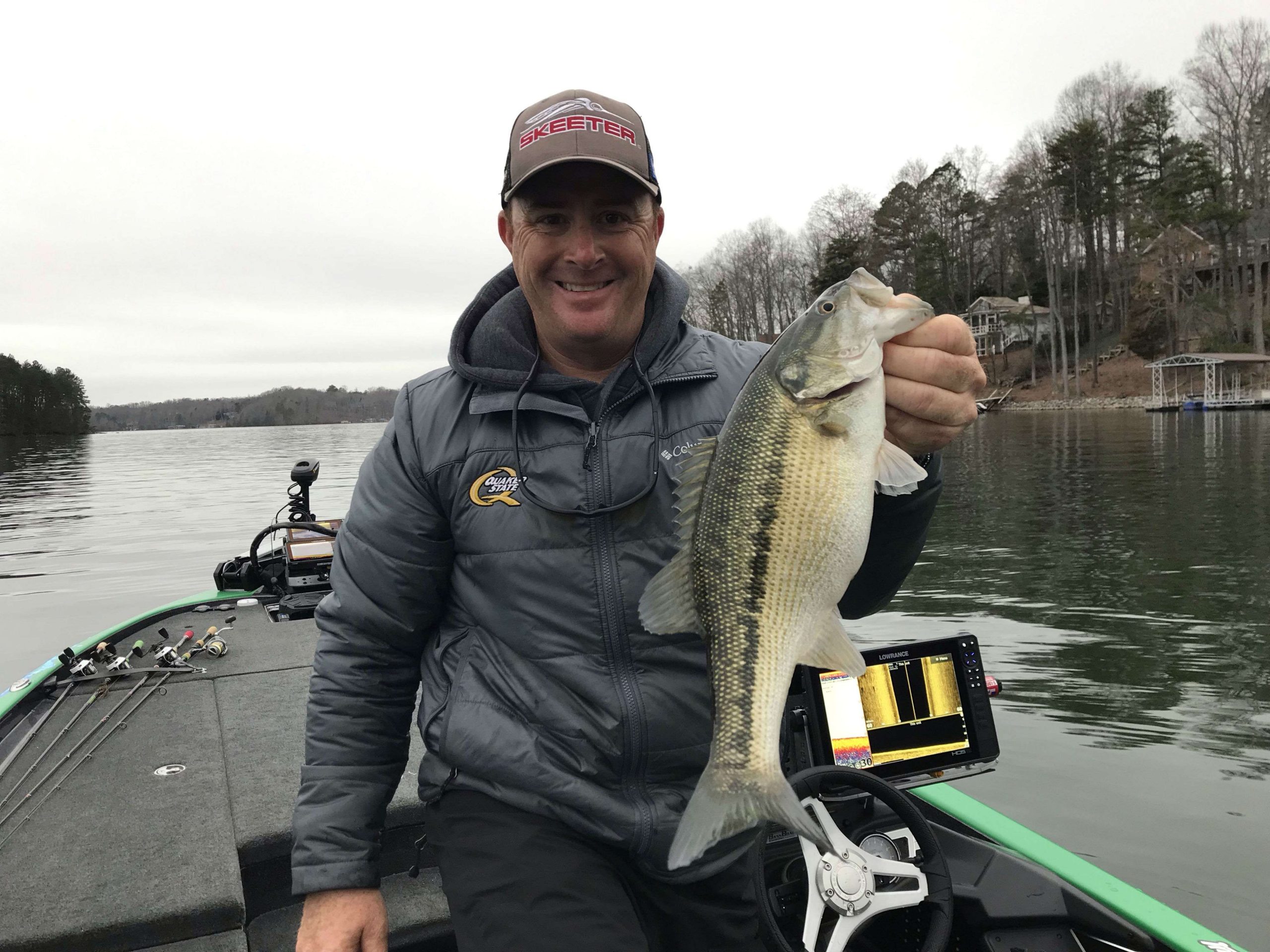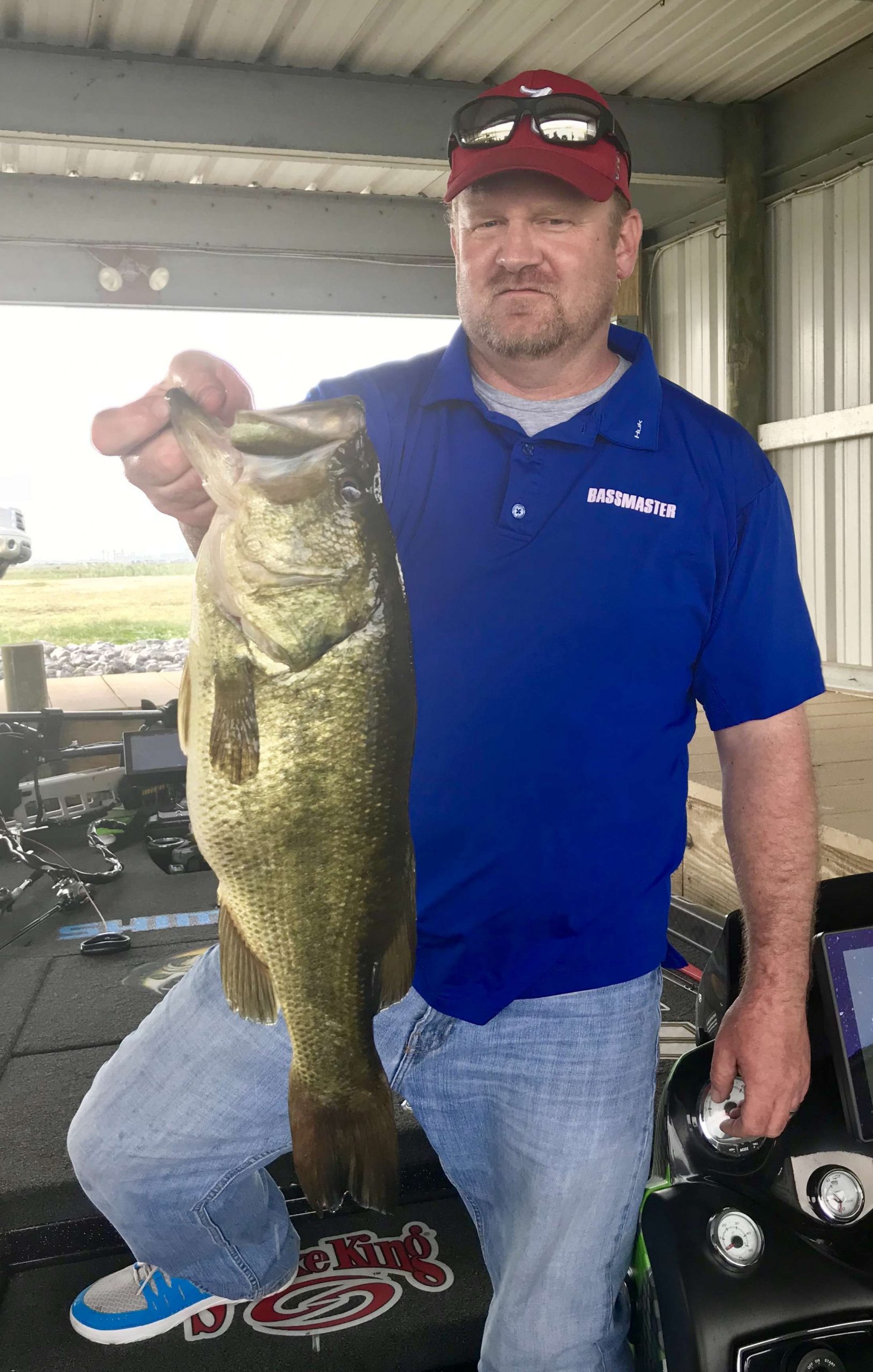
During the late 1990s and early 2000s, I spent a lot of time on the lakes of the Chattahoochee River with some truly passionate tournament anglers.
The one thing those guys seemed to have in common — whether they were fishing West Point Lake, Bartlett’s Ferry or Lake Eufaula — was that they all despised spotted bass.
Some simply put spots in their livewells and took them home for someone to eat. Others weren’t nearly that gentle or humane. They just wanted them gone — quickly.
I couldn’t help but think about those days during mid-February at the Toyota Bassmaster Elite at Lake Lanier — another fishery on the famed Chattahoochee River.
As anglers carried one big limit of spots after another across the weigh-in stage, it occurred to me that spotted bass stock has risen quite possibly to an all-time high during the past two decades.
A lot of that has to do with the introduction of blueback herring into fisheries that have good spot populations — and if you’re a biologist or a conservation officer, you don’t have to send me an angry letter about singing the praises of an illegally introduced species.
I understand the dangers and potential legal consequences of releasing any wild critter into a place where it doesn’t belong, and I would never encourage such a thing. I don’t know what problems bluebacks might cause, but it’s impossible to argue the effects they’ve had as a forage species for spotted bass — and in turn, the effects they’ve had on bass anglers who seem to be targeting them more than ever before.
When I was growing up in Alabama, the two fisheries I hated most in the state were Smith Lake and Lake Martin. If you were fishing a tournament on those lakes — and you couldn’t put in the time to find the few decent largemouth they held — your best hope for getting a check was to catch five 13-inch spots instead of five 12-inchers like most of the field would bring in.
The lakes just weren’t fun, and I hated seeing them on a tournament schedule.
But since blueback herring started appearing at Smith Lake, 15-pound, five-bass limits have become common. It’s not out of the realm of possibility to see a 20-pound limit of spots now and then.
Now the same thing is happening at Lake Martin — another deep, clear lake that sports the very kind of habitat where bluebacks flourish.
It’s made spotted bass fatter, healthier and heavier. It’s also made them a more desirable species for the type of anglers I mentioned who used to do everything they could to avoid them.
Again, it should be noted that releasing blueback herring into any lake is highly illegal. Many people have been caught importing the fish and punished mightily through the legal system.
But outside the ecological debate on bluebacks, I’m glad to see people’s opinions of spotted bass changing.
I grew up fishing mostly on the Coosa River, where a 4-pound spot was always a possibility, whether you were fishing with a Texas-rigged worm, a spinnerbait or a crappie jig. We didn’t harbor the same hatred that many anglers around the country did for spots, and there have been numerous times during tournaments when I’ve culled a 12-inch largemouth with a spot that weighed 3 pounds or better.
In the bass fishing world, spots have always been the little engines that could. A 12-inch spotted bass will almost always pull harder than a largemouth of equal size — and now that spots are growing larger in many lakes around the country, they can be like landing a freight train on spinning tackle.
They’ve officially moved from nuisance to a valuable resource — and I don’t see an end to that trend anytime soon.
One of my bucket-list trips is to make it to Bullards Bar Reservoir in northern California, where a 4-pound spot is considered a baby and 10- and 11-pounders are known to be swimming there.
Until then, I’ll be satisfied shooting for 20-pound limits of spotted bass on the Coosa River — and knowing that the world’s view of spots has improved.

